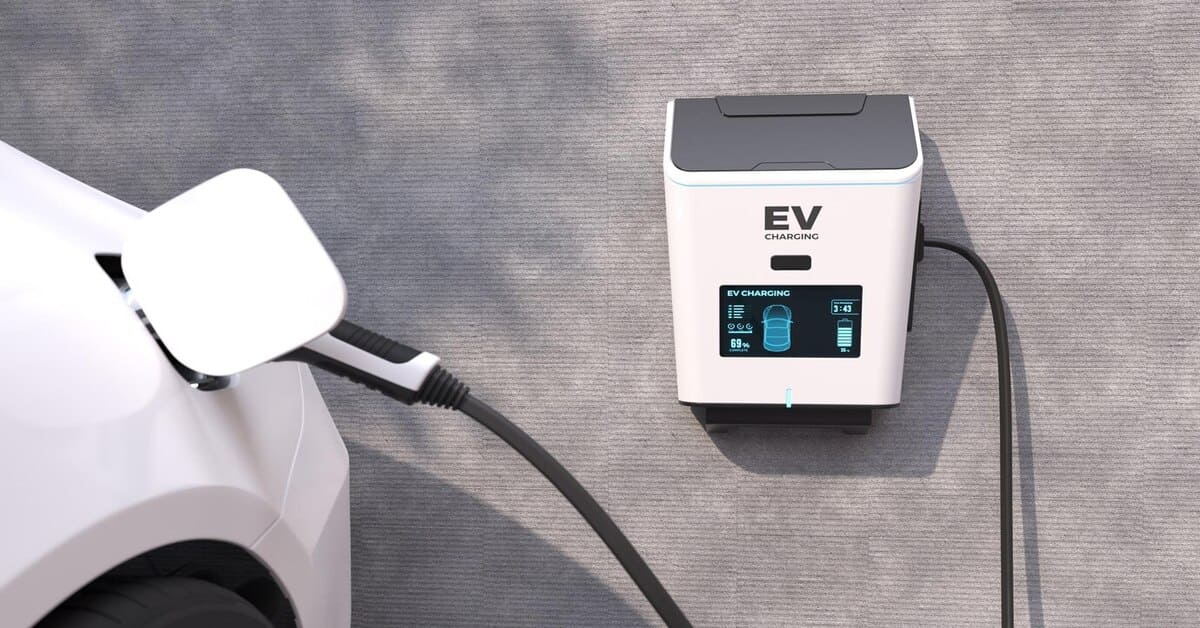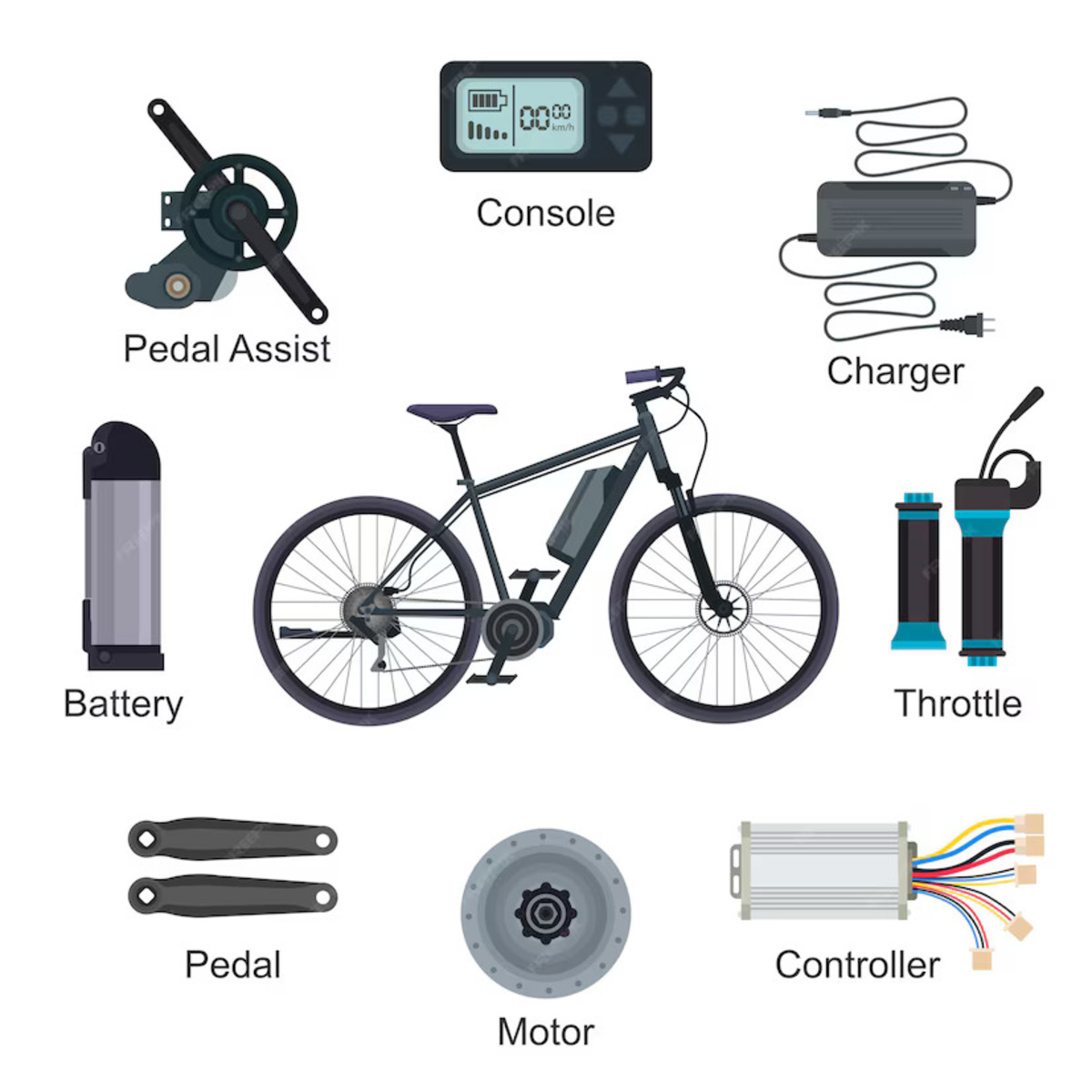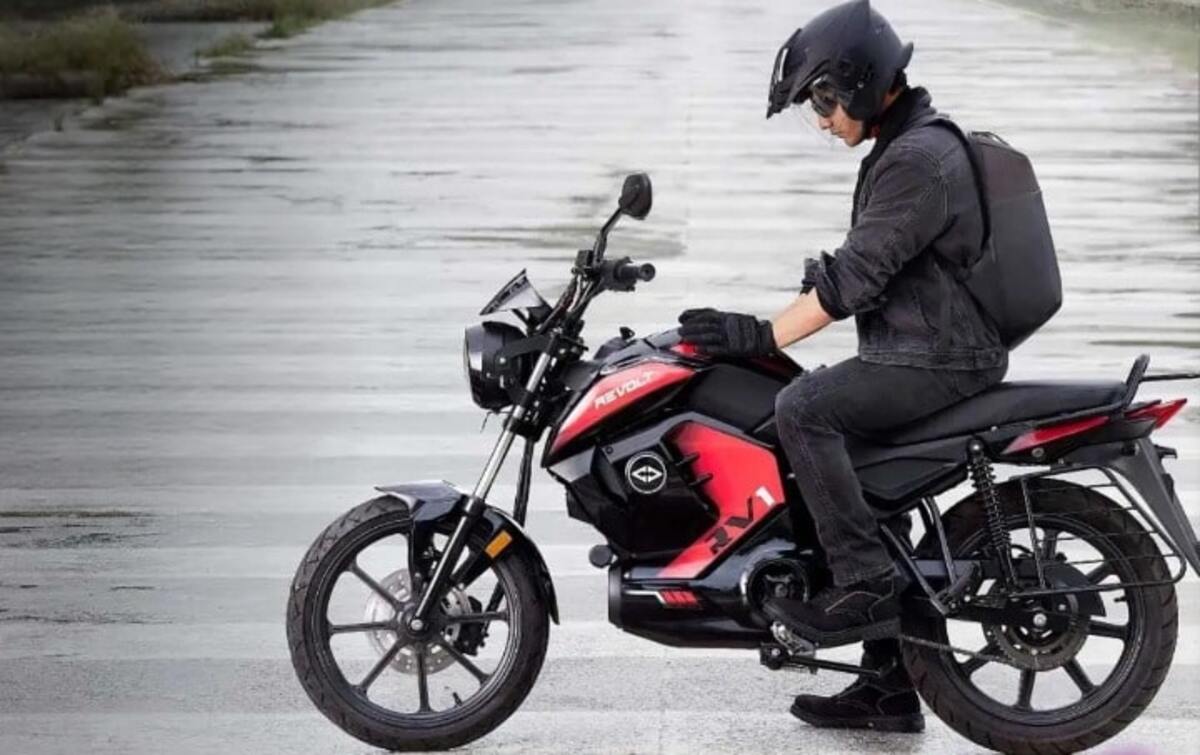This blog will familiarize you with – How To find The Spot To Install EV Charger At Home. Slowly and steadily, electric vehicles are making their way on the road. Many people realize that owning an electric vehicle is very helpful, not only for human beings but also for the environment. Although purchasing an electric vehicle is costly, its maintenance is less, so it becomes convenient to maintain an electric vehicle.
Manufacturers are launching new models of electric vehicles, but the lack of charging stations is the main concern. The future of transportation is electric vehicles. Electric vehicles are eco-friendly, quiet, and emit no harmful gases. They help in fighting climate change and save your more money than regular motor vehicles. Now they have a wider driving range than earlier and produce no carbon footprint, so they are better than traditional vehicles. EVs lessen noise and air pollution and conserve our planet for future generations. Noiseless driving gives you a fun ride. Electric vehicles are good for your health and the clean air in your neighborhood, too.
EVs are catching the attention of people with it every new launch and the new and advanced technology of EVs helps you to charge your vehicle easily at home. The best location to install an EV charger can be the space where you park your car. Before installing an EV, safety measures should also be taken into consideration and please consider below points before you install EV charger at home:
How to Find the Spot to Install EV Charger at Home
- Understand the Basics of Home EV Charging
- Why do you need an EV Charger at Home?
- Points to Consider before Installing the best Spot for an EV Charger At Home
1. Understand the Basics of Home EV Charging

If you have purchased an electric vehicle and you want to charge it at home with AC or Home EV charging, then you have two options, such as level 1 and level 2, to charge your vehicle.
Level 1 charging can be done by simply putting plugs into a regular outlet. It is the slowest charging option and requires no additional equipment. A power outlet and a charging cable are required for it, and both things come with an EV. So, you do not need to spend an extra amount for Level 1 charging. It takes 16–18 hours to charge your electric vehicle, so overnight charging is best suited for level 1.
Level 2 chargers need proper installation with high voltage. Level 2 chargers can be a better option for you as they take less time than level 1 to charge your vehicle. While buying a level 2 charger, you should take care that it is of good brand because the local one can be cheaper, but it might create safety issues for the electricity system of the house and the EV charging station as well. Level 2 completely charges your vehicle in 4–8 hours. Many EV manufacturing companies have been offering home EV chargers with the facility of their installation.
Why do you need an EV Charger at Home?
Public charging stations can be located at your nearby street, hotel, parking garage, shopping malls, retail shops, or workplace, but sometimes the availability of public electric vehicle chargers extends beyond that. For instance, when you urgently want to charge your vehicle, but your nearby charging stations are already occupied, having an EV charger at home would be greatly beneficial to you.
It is always convenient to have EV charger at home. In the case of an emergency, you can easily charge your vehicle at home. It takes more time to charge your vehicle, so ideally you should plug in at night so that the vehicle is completely charged till morning.
10 Points to Consider before Installing the best Spot for an EV Charger At Home
If you are planning to install an EV charger at home, you need to please consider the following points:
- Availability of enough space
- Compatible with your EV
- Check with your local electricity board
- Licensed circuit and connector
- Length of the charging cord
- Hire an expert technician
- Components should be out of reach of children
- Check your components regularly
- Unplug after charging
- Keep charging station dry and safe
Now we will discuss the above points in detail before installing to install an EV charger at home:
1. Availability Of Enough Space:
Space availability is the key consideration if you plan to install an EV charger at home. You should get confirmation from the electricity panel that your house has enough space to install charging infrastructure. It is very convenient to get your electric vehicle charged at home.
2. Compatible with your EV:
Before buying an EVCS (electric vehicle charging station), you must check that this charger is compatible with your EV, as some cars are not compatible with every charging station.
3. Check with your local electricity board:
An EV charger cannot be installed anywhere in the home. Before installing an electric vehicle, you need to check with the electricity board department to confirm if the electrical system of the house is suitable to install an EV charger. If you need to upgrade your electricity, you will have to get permission from the local electricity department. The electrician should be an expert so that he may assist you at every point. You should follow the requirements and restrictions properly when choosing a location to install an EV charging station.
4. Licensed circuit and connector:
Your electric vehicle charger requires a circuit that should be connected to the electric panel of your home. You should choose a location that is close to an electric panel so that it will save your additional installation costs and ensure your exclusive performance.
5. Length of the charging cord:
While installing an EV charger, you should take care that the charging cord is long enough so that you can easily pull it to charge your vehicle.
6. Hire an expert technician:
You should hire an expert technician to install a charging station at home. If you try to install a charging station yourself, it can be hazardous, so it is advisable that all fitting should be done by an expert technician so that the safety of your electric vehicle and the space where you have installed are ensured.
7. Components should be out of reach of children:
Whatever components are required to install an EV charger should be kept out of reach of children. Equipment should be maintained according to the guidelines for maintenance. Excessive wear and tear wires should not be used, as they may lead to danger.
8. Check your components regularly:
Once you have installed your charging station, it should be checked regularly, and if you find any damage to the cord, socket, or plug, you should immediately contact an expert electrician and get it changed. If you inspect your charging station regularly, it may prevent any mishaps.
9. Unplug after charging:
If the charging of your electrical vehicle is completed, you should always unplug it on time. If you leave the charging station plugged in, it may lead to an electric fault and short-circuits.
10. Keep charging station dry and safe:
The place where the charging station is installed should be kept dry and safe; otherwise, it may be the cause of system failure. The charging station should be covered properly so that it may be protected from water and snow. It should be kept away from flammable materials.




